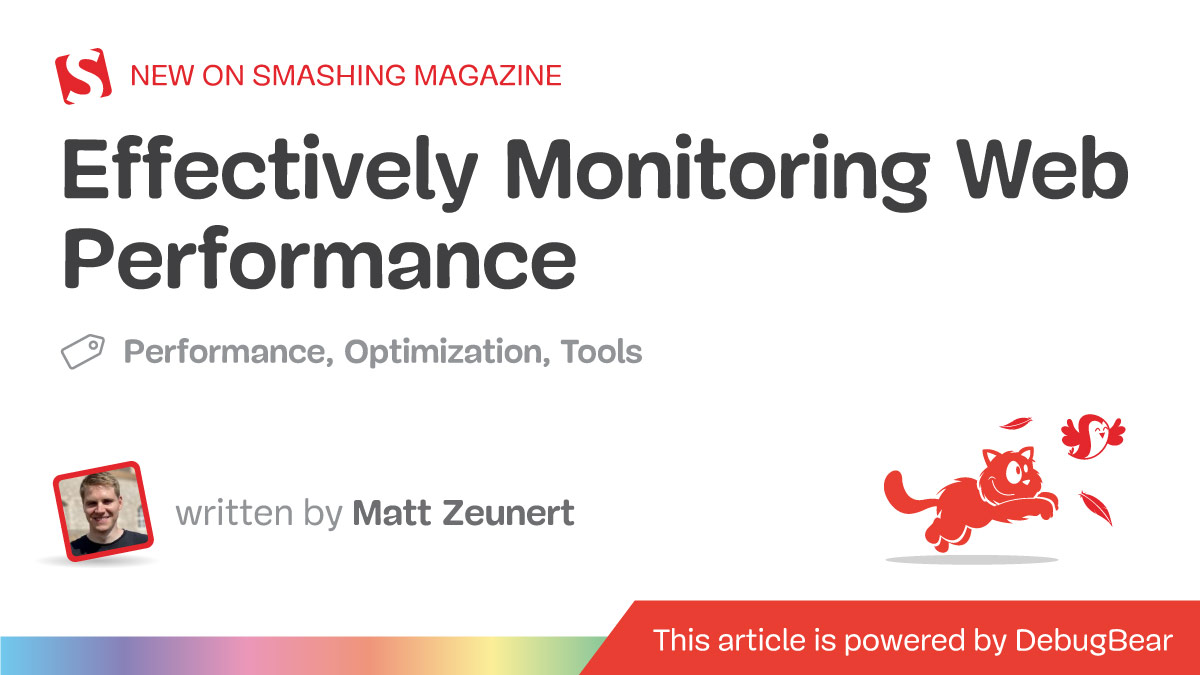
"That said, the Core Web Vitals metrics that Google uses as a ranking factor are a great starting point, as they cover different aspects of visitor experience: Largest Contentful Paint (LCP): Measures the initial page load time. Cumulative Layout Shift (CLS): Measures if content is stable after rendering. Interaction to Next Paint (INP): Measures how quickly the page responds to user input."
"There are two different types of web performance data: Synthetic tests are run in a controlled test environment. Real user data is collected from actual website visitors. Synthetic monitoring can provide super-detailed reports to help you identify page speed issues. You can configure exactly how you want to collect the data, picking a specific network speed, device size, or test location. Get a hands-on feel for synthetic monitoring by using the free DebugBear website speed test to check on your website."
Core Web Vitals—Largest Contentful Paint, Cumulative Layout Shift, and Interaction to Next Paint—measure initial load, visual stability, and input responsiveness respectively. Additional metrics like page weight and server response time reveal technical bottlenecks that may not directly affect users but provide diagnostic insight. The User Timing API enables tracking of site-specific load milestones. Synthetic monitoring runs controlled tests with configurable network, device, and location parameters to diagnose performance problems. Real user monitoring captures experiences from actual visitors and complements synthetic tests by revealing diverse interactions and conditions. Combining both data types helps prioritize optimizations and target the most impactful pages.
Read at Smashing Magazine
Unable to calculate read time
Collection
[
|
...
]